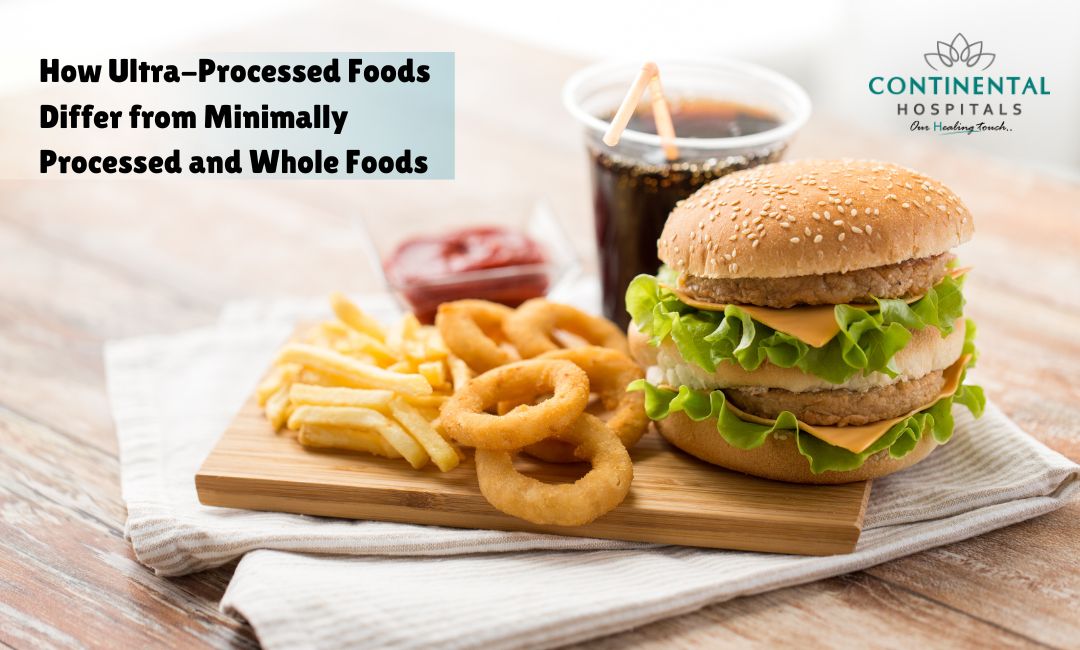Salt, or sodium chloride, is an essential mineral necessary for various bodily functions. However, the amount of sodium you consume can significantly impact your health. Understanding the recommended daily salt intake, the risks of excessive consumption, and how to manage your sodium intake can help you maintain a healthy lifestyle. This blog will explore these topics in detail.
The Importance of Sodium in the Diet
Sodium plays a crucial role in maintaining fluid balance, transmitting nerve impulses, and ensuring proper muscle function. Without adequate sodium, your body cannot function optimally. However, the balance of sodium intake is delicate, and both deficiency and excess can lead to health issues.
Functions of Sodium in the Body
Fluid Balance: Sodium helps regulate the amount of water in and around your cells, maintaining blood volume and pressure.
Nerve Function: It is essential for the transmission of nerve impulses, allowing communication between the brain and the rest of the body.
Muscle Contraction: Sodium is involved in muscle contractions, including those of the heart, ensuring proper cardiovascular function.
Recommended Daily Sodium Intake
The recommended daily sodium intake varies by age, sex, and health status. Various health organizations have set guidelines to help individuals maintain optimal health.
Guidelines from Health Organizations
World Health Organization (WHO): Recommends a maximum of 2,000 mg of sodium per day for adults.
American Heart Association (AHA): Suggests an ideal limit of no more than 1,500 mg per day for most adults, particularly for those with hypertension.
U.S. Dietary Guidelines: Recommend limiting sodium intake to less than 2,300 mg per day for adults and children aged 14 and older.
Factors Influencing Sodium Needs
Age: Children and older adults have different sodium requirements.
Health Conditions: Individuals with conditions like hypertension, kidney disease, or heart disease may need stricter sodium limits.
Activity Level: Athletes or individuals with high physical activity levels may lose more sodium through sweat and may need slightly higher intakes.
How to Navigate a Healthy Relationship with Salt
Here are some practical tips to help you manage your sodium intake and maintain a healthy balance:
Become a Label-Reading Pro: Pay close attention to food labels. Look for the sodium content per serving and choose options lower in sodium.
Embrace Fresh, Whole Foods: Fresh fruits, vegetables, and whole grains naturally contain minimal sodium. Build your meals around these healthy options.
Cook More at Home: This allows you to control the amount of salt added to your dishes. Use herbs, spices, and other flavorings instead of relying solely on salt.
Go Easy on Processed Foods: Processed foods, pre-packaged meals, and restaurant dishes are often loaded with sodium. Limit your intake of these options.
Gradually Reduce Salt Intake: If you're accustomed to a saltier taste, gradually reduce the amount you add to your food over time. Your taste buds will adjust.
Explore Salt Substitutes: Consider using potassium chloride-based salt substitutes. However, consult your doctor before using them if you have certain medical conditions, as increased potassium intake can be problematic in some cases.
Identifying High-Sodium Foods
Many foods, especially processed and restaurant items, contain high levels of sodium. Understanding which foods are high in sodium can help you make healthier choices.
Processed Foods
Processed foods are the primary source of sodium in most diets. These include:
Canned Soups and Vegetables: Often contain added salt for preservation and flavor.
Processed Meats: Such as bacon, ham, sausages, and deli meats, are typically high in sodium.
Snack Foods: Chips, crackers, and pretzels often have added salt.
Restaurant and Fast Foods
Meals from restaurants and fast-food outlets are frequently high in sodium. These include:
Burgers and Sandwiches: Often contain high-sodium ingredients like processed cheese, condiments, and pickles.
Pizza: Contains sodium-rich ingredients such as cheese, processed meats, and sauces.
Fried Foods: Such as fries and chicken, often have added salt.
Hidden Sources of Sodium
Sodium can also be hidden in foods that might not taste salty, such as:
Bread and Rolls: Can contribute a significant amount of sodium to your diet.
Condiments and Sauces: Ketchup, soy sauce, and salad dressings can be high in sodium.
Dairy Products: Some cheeses and buttermilk can contain high sodium levels.
The Risks of Excessive Sodium Intake
While sodium is necessary for health, excessive intake can lead to several adverse health effects. High sodium consumption is linked to an increased risk of various chronic diseases.
Hypertension (High Blood Pressure)
High sodium intake is a major risk factor for hypertension. Excess sodium causes the body to retain water, increasing blood volume and, consequently, blood pressure. Chronic hypertension can lead to serious conditions such as heart disease, stroke, and kidney damage.
Cardiovascular Disease
Excess sodium can strain the cardiovascular system, leading to conditions like heart attack, heart failure, and stroke. Reducing sodium intake is a key strategy in preventing and managing cardiovascular diseases.
Kidney Disease
The kidneys play a vital role in filtering excess sodium from the body. Overconsumption can overwhelm the kidneys, leading to chronic kidney disease or exacerbating existing kidney conditions. Managing sodium intake is crucial for kidney health.
Osteoporosis
High sodium intake can contribute to calcium loss through urine, weakening bones over time and increasing the risk of osteoporosis. This is particularly concerning for older adults and postmenopausal women.
Conclusion
Sodium is a vital nutrient, but it is crucial to consume it in moderation. By understanding the recommended daily intake, identifying high-sodium foods, and implementing strategies to reduce your sodium consumption, you can protect your health and reduce the risk of chronic diseases. Remember to balance your diet with potassium-rich foods and consult healthcare professionals for personalized advice. Making informed choices about your sodium intake is a key step towards a healthier lifestyle.
.webp)







